On April 22, 1970, Senator Gaylord Nelson inaugurated a grassroots “teach‑in” that galvanized some 20 million Americans to confront emerging environmental crises in response to the 1969 Santa Barbara oil spill (Nelson, 1970; EarthDay.org, 2024). This unprecedented mobilization of demonstrations, lectures, and media events generated the public pressure necessary for Congress to establish the Environmental Protection Agency and enact the Clean Air and Clean Water Acts within two years (EarthDay.org, 2024). From these modest beginnings, Earth Day evolved into a global phenomenon: by 2025, more than one billion individuals across 190 countries engage annually in activities ranging from local park cleanups to coordinated climate strikes (EarthDay.org, 2025).
Over its more than five decades of history, Earth Day has continually redefined the relationship between civic engagement and environmental stewardship. The 2025 theme, Our Power, Our Planet, underscores an urgent goal: to triple global clean‑electricity capacity by 2030 through coordinated grassroots advocacy, policy reform, and decentralized renewable‑energy projects (EarthDay.org, 2025). In doing so, this year’s campaign bridges local action and systemic change, reminding participants that collective empowerment and planetary care are inseparable.

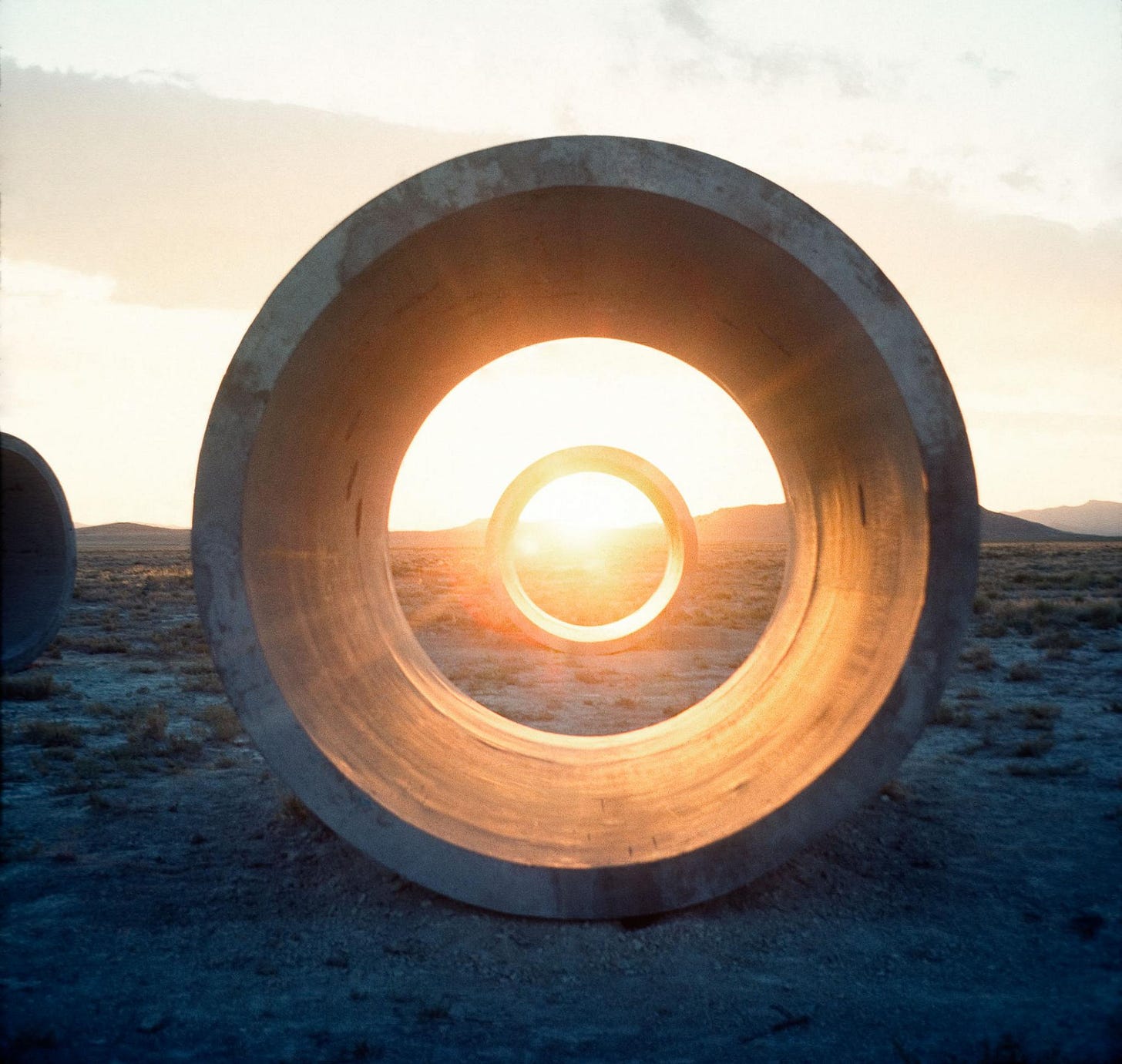

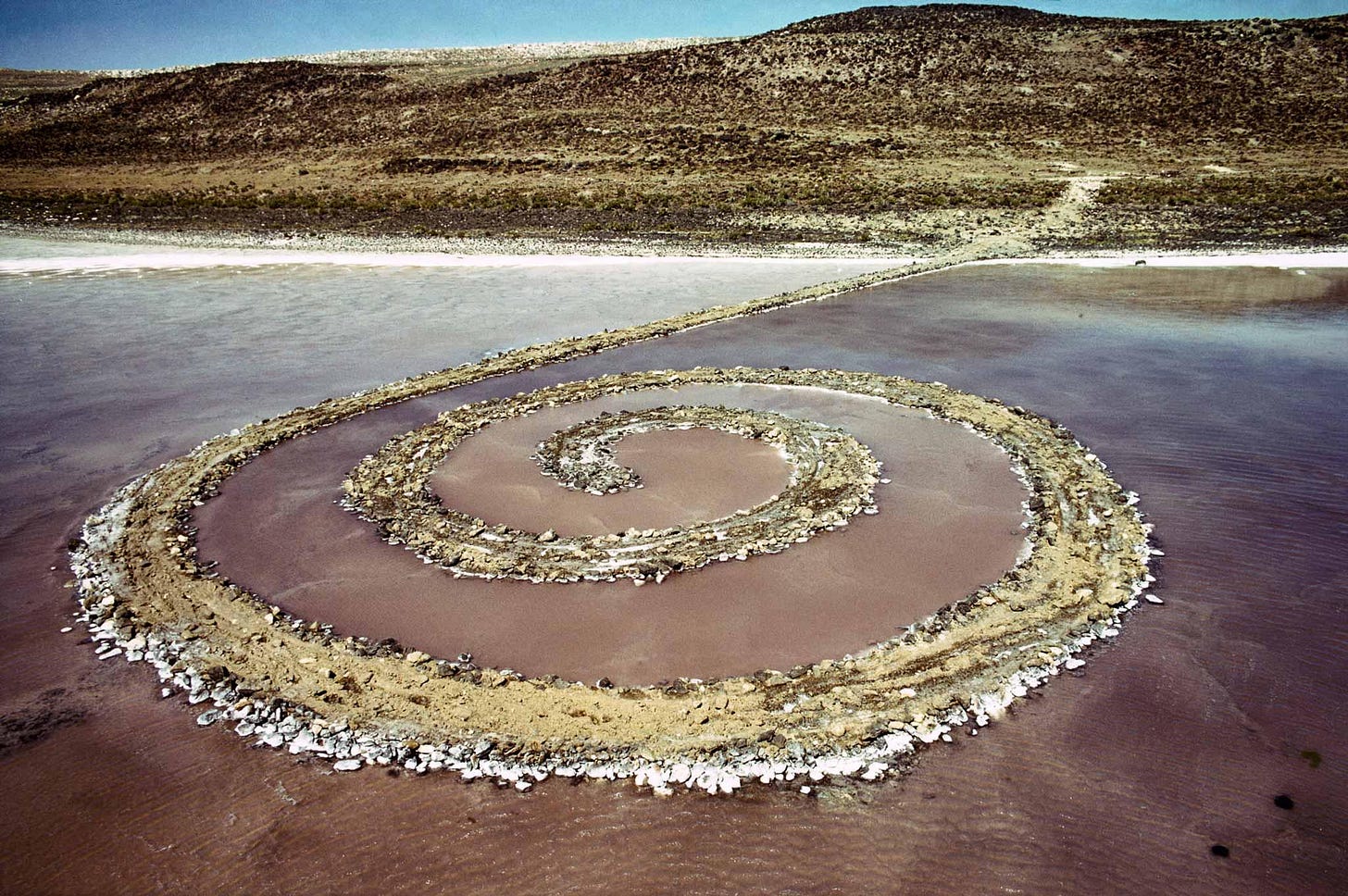

Art has been central to Earth Day’s evolution, translating ecological data into visceral experiences that resonate emotionally and ethically. In the late 1960s and early 1970s, land artists carved monumental interventions into the earth itself: Michael Heizer’s Double Negative (1969–70), which cleaves two 30‑foot‑deep trenches into Nevada’s Mormon Mesa to confront viewers with geological time and human intervention (Heizer, 1969–70); Nancy Holt’s Sun Tunnels (1973–76), four concrete cylinders aligned to frame solstitial light in Utah’s Great Basin Desert (Holt Archives, 1976); Maya Lin’s Wave Field (1995), a 10,000 sq ft undulating landscape on the University of Michigan campus that merges landscape, fluid dynamics, and human perception (Maya Lin Studio, 1995); Robert Smithson’s Spiral Jetty (1970), a 1,500 ft basalt coil in the Great Salt Lake dramatizing environmental flux (SmithsonianMag.com); and Olafur Eliasson’s ongoing Ice Watch (2014– ), which brings Arctic glacier ice into urban squares to foster public dialogue on climate loss (Eliasson, 2014–).

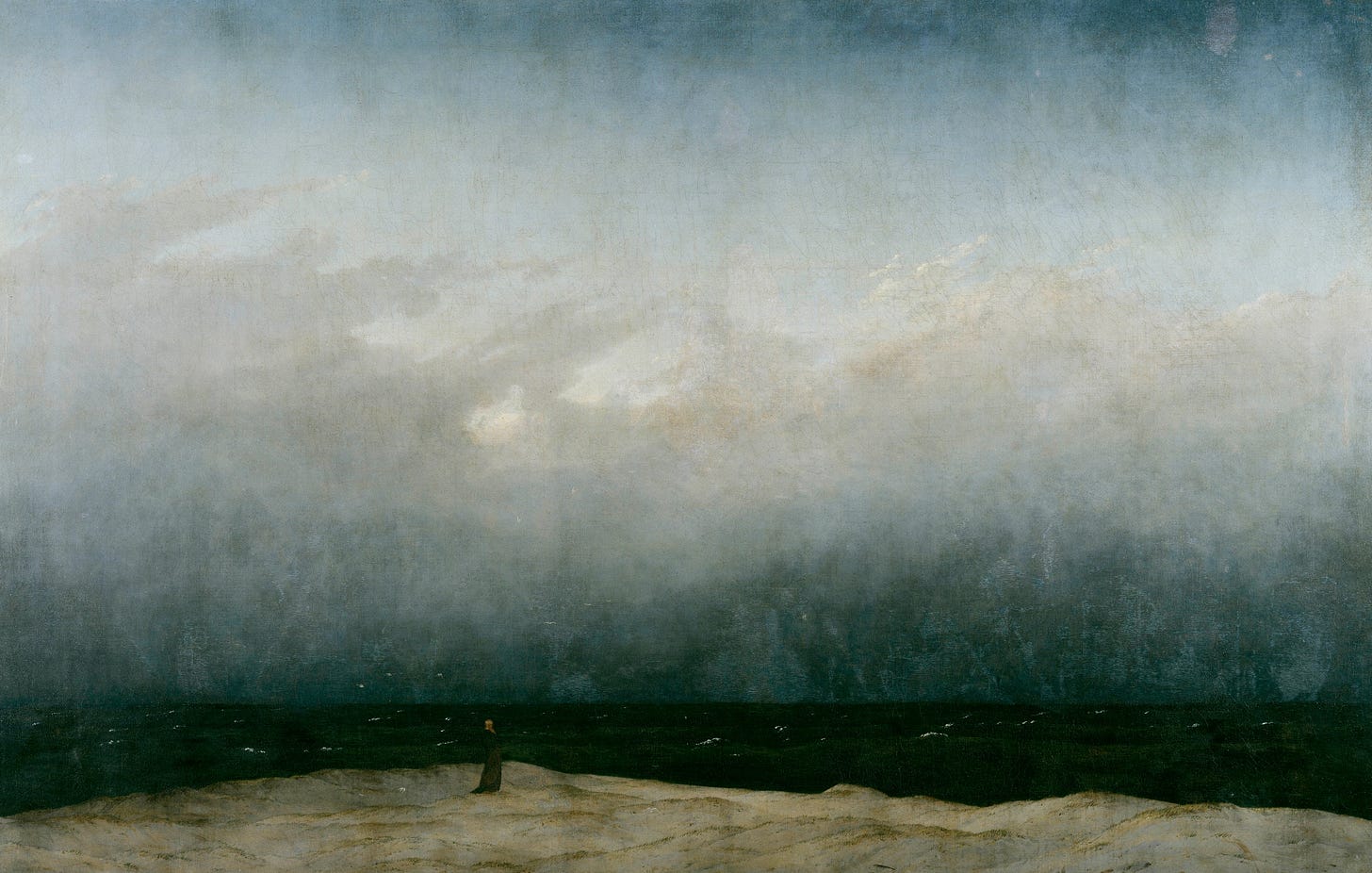
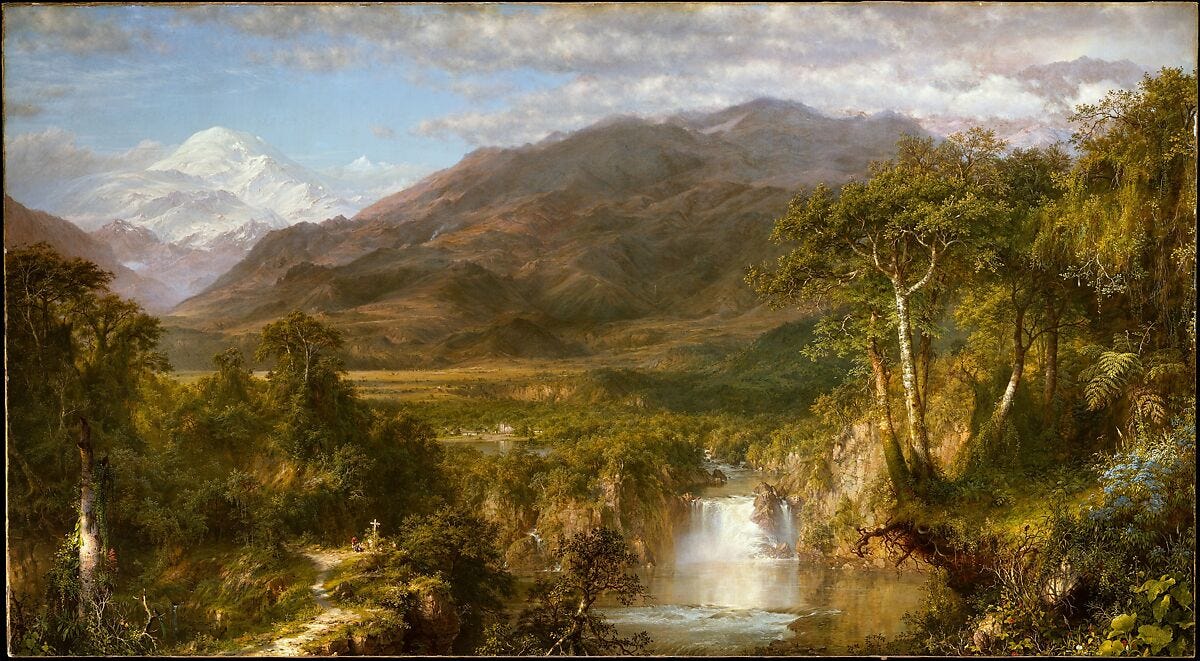


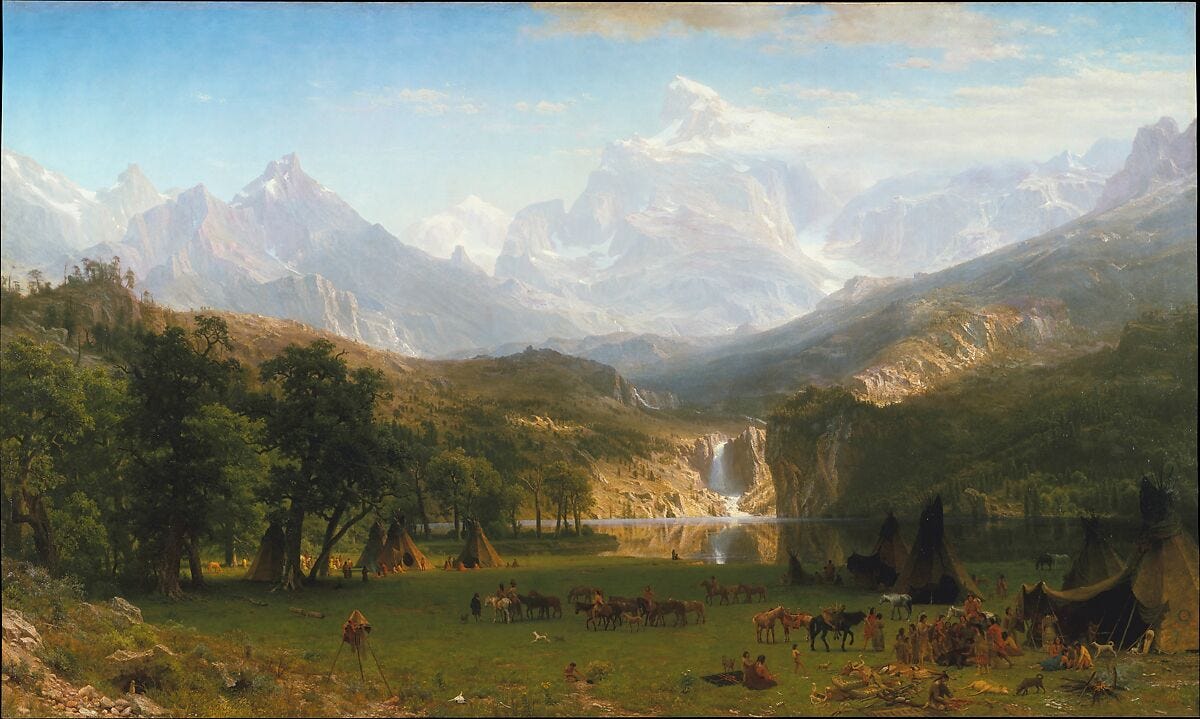
Long before land art, landscape painting conveyed moral, spiritual, and scientific relationships to nature. Thomas Cole’s The Oxbow (1836) juxtaposed untamed wilderness and cultivated farmland to comment on Manifest Destiny and the sublime power of nature (Smarthistory.org); Caspar David Friedrich’s Monk by the Sea (1808–10) evoked Romantic spirituality through a solitary figure dwarfed by an infinite seascape (TheMet.org); Frederic Edwin Church’s The Heart of the Andes (1859) synthesized glacier, jungle, and plain into an immersive panorama celebrating biodiversity and scientific inquiry (MetMuseum.org); John Constable’s The Hay Wain (1821) pioneered plein‑air observation to capture England’s rural atmosphere (NationalGallery.org); J. M. W. Turner’s The Fighting Temeraire (1838–39) mourned industrial progress in a sunset tableau of a decommissioned warship (Britannica.com); and Albert Bierstadt’s The Rocky Mountains, Lander’s Peak (1863) monumentalized the American West, reinforcing early conservationist ethos (SmithsonianAmericanArt.org). These canonical works continue to inspire contemporary eco‑artists who blend aesthetic innovation with environmental advocacy.




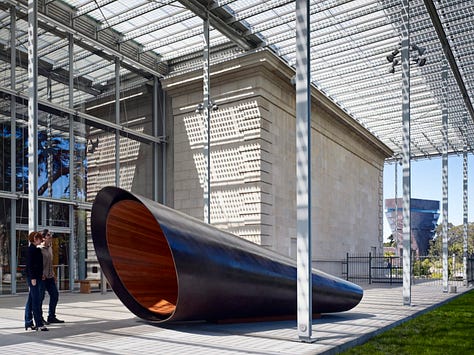
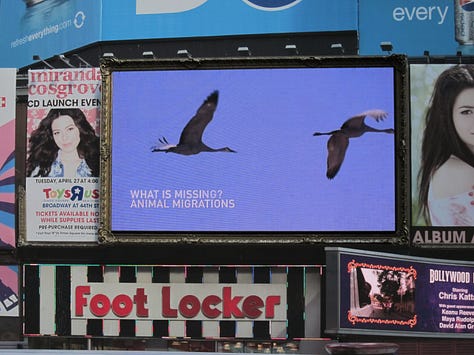
In recent decades, eco‑artists have expanded the field by integrating remediation and sustainability into their practice. Mel Chin’s Revival Field (1991) collaborated with scientists to detoxify a landfill by planting metal‑accumulating plants, thereby bridging art, science, and community health advocacy (Art21.org); Patricia Johanson’s Dallas Wetland Parks (1982– ) demonstrate art’s capacity to shape urban ecology through stormwater management, habitat restoration, and public recreation (HonoringTheFuture.org); Agnes Denes’s Wheatfield – A Confrontation (1982) juxtaposed two acres of wheat atop Manhattan’s landfill with Wall Street’s financial district to foreground food security and land‑use politics (DenesWorks.org); and Maya Lin’s digital memorial What Is Missing? (2009– ) employs interactive soundscapes, video, and data visualization to honor lost species and ecosystems, exemplifying the union of art, technology, and conservation advocacy (Whitewall.art). Concurrently, leading art institutions such as the California College of the Arts and the Rhode Island School of Design now mandate sustainable studio practices, low‑toxicity materials, waste reduction, and climate‑critical theory, to prepare artists as environmental stewards (TheArtNewspaper.com, 2024).
As Earth Day transitions from awareness‑raising to direct ecological stewardship, creative practice remains indispensable. From land art’s immersive environments and landscape painting’s moral narratives to eco‑art’s remediation projects and green curricula, artists continue to map possibilities for sustainable futures. The theme Our Power, Our Planet reaffirms that aesthetic innovation and collective action are inseparable: while grassroots energy and policy advocacy turn vision into reality, art forges the emotional and ethical bonds necessary to sustain and propel the environmental movement forward.
References
Art21.org. (1991). Mel Chin, Revival Field. Retrieved from https://art21.org/read/mel-chin-revival-field/
Britannica.com. (n.d.). J. M. W. Turner, The Fighting Temeraire. Retrieved from https://www.britannica.com/topic/The-Fighting-Temeraire-Tugged-to-Her-Last-Berth-To-Be-Broken-Up-1838
DenesWorks.org. (n.d.). Agnes Denes, Wheatfield – A Confrontation. Retrieved from https://denesworks.org/projects/wheatfield-a-confrontation/
EarthDay.org. (2024). History of Earth Day. Retrieved from https://www.earthday.org/history/
EarthDay.org. (2025). Earth Day 2025 | Activities & Resources for April 22. Retrieved from https://www.earthday.org/earth-day-2025/
Eliasson, O. (2014– ). Ice Watch. Retrieved from https://olafureliasson.net/icewatchcopenhagen/
Heizer, M. (1969–70). Double Negative. Retrieved from https://en.wikipedia.org/wiki/Double_Negative_(artwork)
Holt Archives. (1976). Sun Tunnels.
Maya Lin Studio. (1995). Wave Field. Retrieved from https://www.mayalinstudio.com/art/the-wave-field
MetMuseum.org. (n.d.). Frederic Edwin Church, The Heart of the Andes. Retrieved from https://www.metmuseum.org/art/collection/search/10481
NationalGallery.org. (n.d.). John Constable, The Hay Wain. Retrieved from https://www.nationalgallery.org.uk/paintings/john-constable-the-hay-wain
Nelson, G. (1970). Earth Day Teach‑In Launch.
Smarthistory.org. (n.d.). Thomas Cole, The Oxbow. Retrieved from https://smarthistory.org/cole-the-oxbow/
SmithsonianAmericanArt.org. (n.d.). Albert Bierstadt, The Rocky Mountains, Lander’s Peak. Retrieved from https://americanart.si.edu/artwork/rocky-mountains-landers-peak-10244
SmithsonianMag.com. (n.d.). Robert Smithson’s Spiral Jetty. Retrieved from https://www.smithsonianmag.com/arts-culture/robert-smithsons-spiral-jetty-31947858/
TheArtNewspaper.com. (2024, March 19). Sustainability Takes Root in US Art Schools as Green Push Intensifies. Retrieved from https://www.theartnewspaper.com/2024/03/19/sustainability-takes-root-in-us-art-schools-as-green-push-intensifies
TheMet.org. (n.d.). Caspar David Friedrich, Monk by the Sea. Retrieved from https://www.metmuseum.org/exhibitions/caspar-david-friedrich-the-soul-of-nature
Whitewall.art. (n.d.). Maya Lin’s What Is Missing? Retrieved from https://whitewall.art/design/maya-lin-asks-what-is-missing?




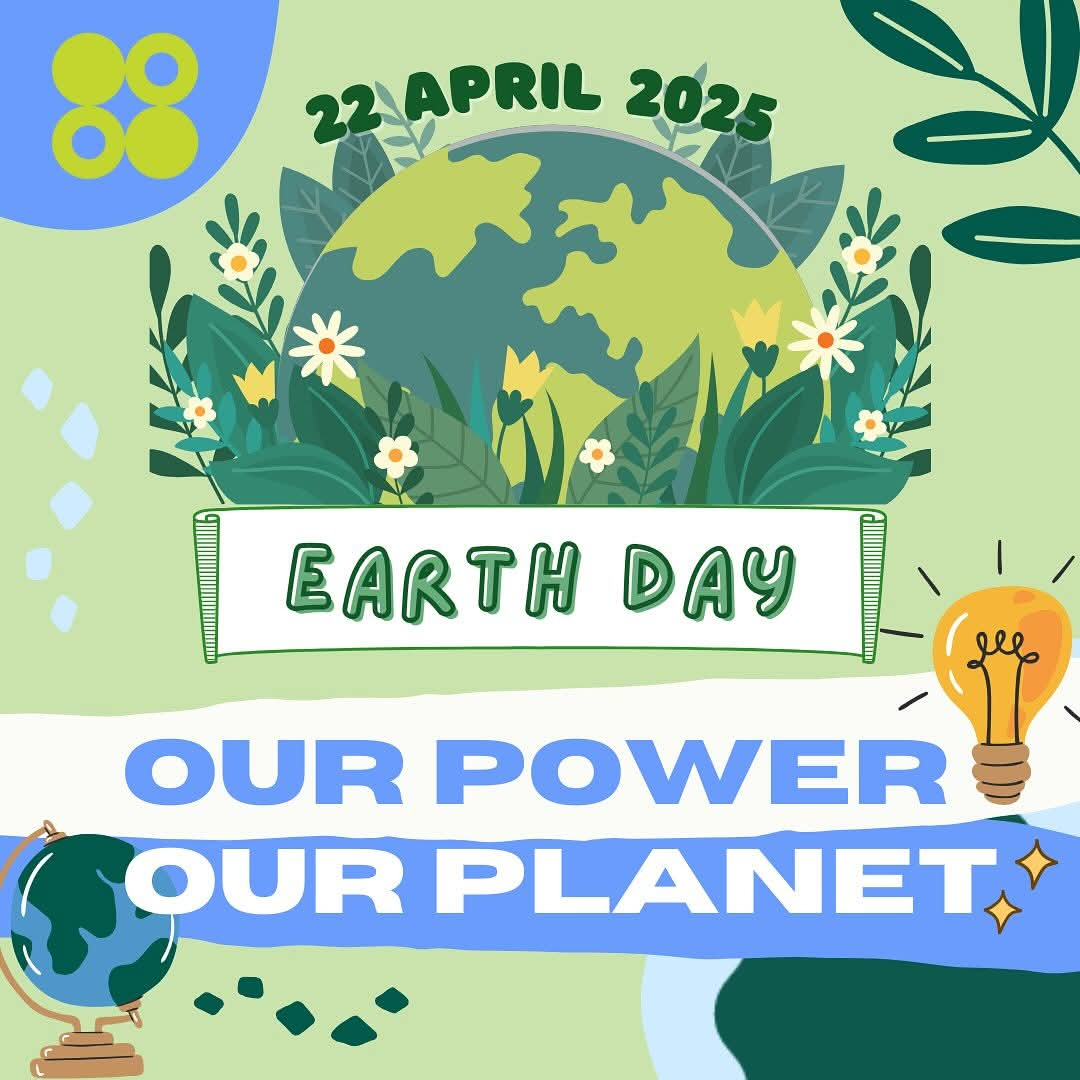
Revival Field sounds amazing.
You have given a detailed review of ecology. Environment is an imagination of consciousness. I like this.